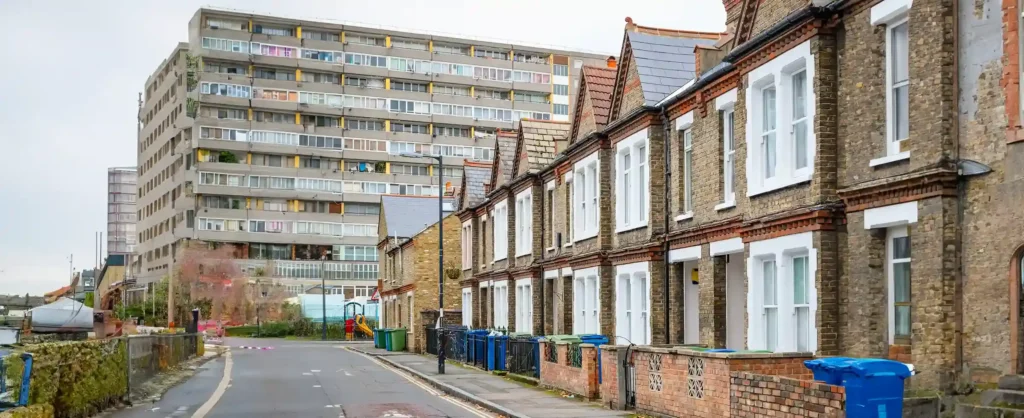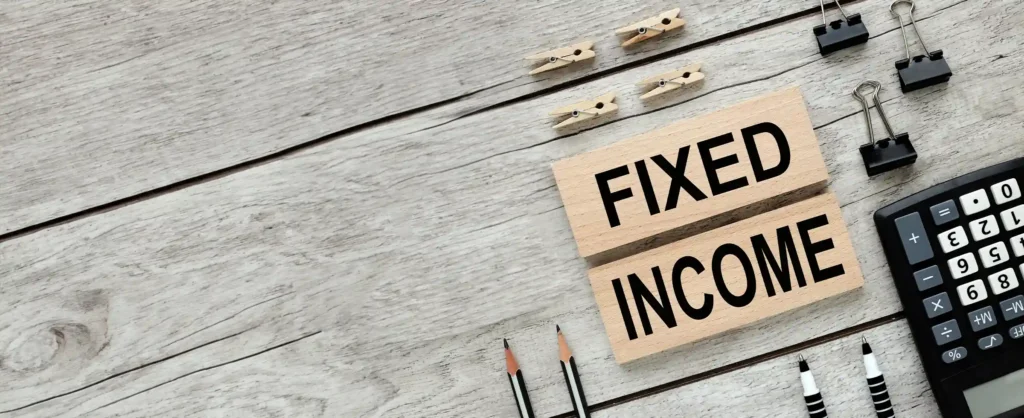In a cost of living crisis, almost everyone winds up tightening their purse strings to make ends meet, regardless of gender. For women, however, a cost of living crisis can be profoundly impactful and damaging in ways their male counterparts may not even be familiar with. Women’s History Month may be a cause for celebrating the achievements of women everywhere, but the gendered issues being faced by contemporary women demand a more forward-thinking and uncompromising perspective.
As we enter Women’s History Month and celebrate the past achievements of female pioneers, it is equally important to understand the obstacles confronting modern women. And, as the cost of living crisis worsens, developing a better understanding of how and why these women struggle to keep up with men in several areas may prove instrumental in providing them with the support they need throughout Women’s History Month and into the future.
So, if you want to help develop a more socially responsible, gender-conscious approach to women’s issues during the cost of living crisis, the team at Concept Capital Group has put together this Women’s History Month blog to get you started.
Unpacking the Cost of Living Crisis
When a cost of living crisis strikes, understanding the reality of its impact can be a trial in and of itself.
According to the Office for National Statistics (ONS), the cost of living in the UK and the world at large has been rising since 2022. This trend has been characterised by a sharp incline in food and energy prices and compounded by the global recovery from the COVID-19 pandemic. Beyond food and energy prices, the UK has also experienced a 9.6% rise in the prices of consumer goods and services since October 2022, representing the fastest rate hike in four decades. Suffice it to say, the recent cost of living crisis has had a profound impact on our way of life.
While the affordability of everyday essentials is a source of concern in any book, the cost of living crisis has also spread to the UK’s housing market. According to the ONS’s House Price Index for December 2023, average UK house prices fell by an estimated 1.4% over the year. At the same time, private rental prices hit a record high of 6.2% in the year to January 2024, reflecting the highest annual percentage change in the history of ONS records on the subject.
The resulting austerity caused by the cost of living crisis has forced a majority of the UK’s population to make heavy sacrifices to make ends meet. ONS data on spending habits shows that around 6 in 10 adults were spending less on non-essentials due to the rising cost of living in January 2024, with annual sales volume also hitting its lowest levels since 2018 in 2023. Additional data released by The Guardian reveals that as many as 15% of UK households went hungry in January 2024, with even middle-class earners on incomes of up to £60,000 a year struggling to afford the rising cost of living.
As it stands, the cost of living crisis paints a bleak future for the UK regardless of race or gender. Still, the specific – and, often, hidden – challenges of living as a woman under a rising cost of living can make that future seem even bleaker.
Women’s Issues in a Cost of Living Crisis
Returning to the subject of Women’s History Month, women have always borne the brunt of austerity in a historical context. As housewives and mothers, previous generations of women were typically tasked with managing the homestead, which often left them with the taxing responsibility of cutting costs and administering finances to keep their families afloat. In modern times, female empowerment has done disappointingly little to protect them from experiencing poverty more intensely than their male counterparts, and there are several long-lived women’s issues that leave them more exposed to a cost of living crisis.
The Gender Pay Gap
For women, much of the difficulty experienced in navigating the cost of living crisis stems from existing disparities in wages, wealth and work between themselves and men.
The well-publicised gender pay gap is one such example of why women are often more susceptible to poverty and the cost of living increases. In the UK, ONS statistics show that, although the pay gap has fallen over the last decade, there remains a pronounced difference between the average wages of full-time male and female employees which sits at around 7.7%. According to a 2022 study by Lancaster University, 26% of UK women were also trapped in insecure work compared to just 14% of men, meaning that a greater number of women were exposed to the risk of job loss and unpredictable pay. On a more global scale, a World Economic Forum report revealed that women are disproportionately affected by low pay and a rising cost of living, with women in the UK taking home $696 (£545) less than men every month in 2022.
Though the pay gap appears to be narrowing to an extent, a 2023 analysis of Organisation for Economic Cooperation and Development (OECD) countries by professional services firm PwC shows that the gap widened between 2021 and 2022 in 20 of the 33 OECD countries, with the UK experiencing the largest annual fall on their index. It may be safe to say that any progress towards wage equality is too slow to make a difference amidst a cost of living crisis.
Women’s Wealth and Poverty
The differences in how women experience the cost of living crisis compared to men do not stop at the gender pay gap. Rather, women are arguably more susceptible to poverty in general than men.
A report on the gendered impact of the cost of living crisis by the Women’s Budget Group (WBG) shows that women are:
- More likely to be poor or in low-paying work than men
- More likely to have lower levels of savings and wealth than men
- More likely to be in debt than men
- More likely to struggle with increasing their paid work hours due to care responsibilities
These findings are further supported by research from the Young Women’s Trust, which revealed that 56% of young women described their financial situation as uncomfortable in 2023 compared to just over 40% of young men, a number that had increased from 2022 for women while stabilising for men.
As a 2022 article by The Independent highlights, more than 7.5 million women were living in relative property in 2022 – an overrepresentation that comprises almost a quarter of all women living in the country.
How Social Funding Cuts Impact Women
Social funding can be one of the first things to go under a cost of living crisis, and women tend to take a bigger blow than men when they do.
An analysis of the impact of austerity on Black and Minority Ethnic (BAME) women in the UK by the WBG showed that cuts to benefits and tax credits for children, local housing allowance and work allowances disproportionately impacted the living standards of women. Likewise, female single parents – who make up 92% of all single parents in the UK – were projected to lose over £4,900 in annual funding due to social service cuts, comprising over 10% of their standard of living.
In addition to single parents, victims of domestic abuse – 73.5% of whom were women in March 2023 – are projected to have a more difficult time leaving abusive relationships without funding for social support programmes. A recent article from The Guardian suggests that more than a quarter of specialist domestic abuse organisations were forced to cease services due to a lack of funding in 2020-21. A Sky News article on the subject revealed that the cost of living crisis is directly responsible for a third more women reporting domestic abuse to charities, with 96% of victims claiming that it has made their abuse worse and 73% reporting that they were scared to leave an abusive home life due to financial concerns.
‘Period poverty’ is another prominent issue for women that is exacerbated by the cost of living crisis. Defined as a health dilemma in which women have insufficient access to menstrual products, education and sanitation facilities, period poverty represents a systemic deprivation of essential goods that solely impacts the livelihoods of women. According to the Economics Observatory, 2022 saw a 78% increase in demand for free period products from women in the UK due to the pandemic and the cost of living crisis.
Going forward, departmental spending faces a projected £19bn real-term loss by 2027-28 according to an economic and fiscal outlook conducted by the Office for Budget Responsibility. Women could find themselves deprived of a range of basic social programmes designed to support them as a result, with CARE International already observing a 66% decrease in funding for women’s rights organisations in 2021. This suggests that the uniquely gendered impact of social funding cuts stemming from the cost of living crisis may only worsen over the next few years.
Is Social Housing a Female-Friendly Solution?
At Concept Capital Group, we specialise in providing social housing solutions to the housing and cost of living crises specially tailored to vulnerable people. For ethical investors hoping to use their wealth to ease the burden of austerity for others, our affordable, high-quality homes offer a people-centric approach to property investment. By partnering with these investors, we work to create a lasting social impact that will give the women most exposed to the cost of living crisis an alternative source of safety, security and shelter. As we observe Women’s History Month, we hope to find more opportunities to show our commitment to vulnerable women across the UK.
For more on how our homes support vulnerable individuals this Women’s History Month, book a call with our team today.













